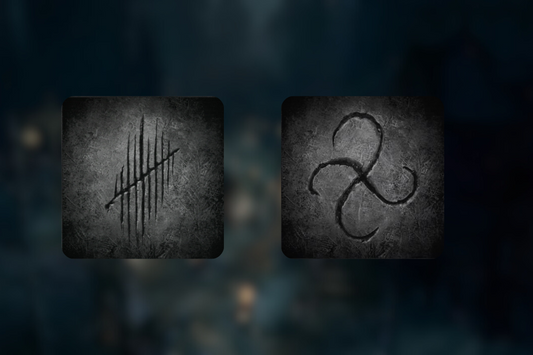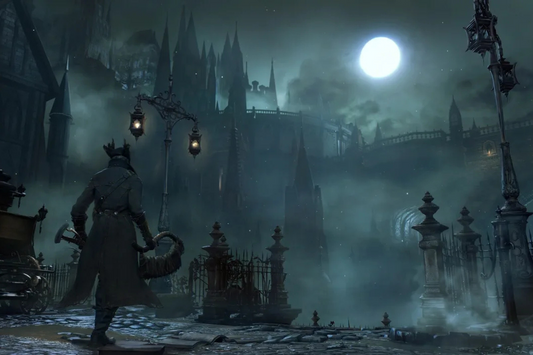Minecraft is a game full of hidden mechanics, and one of the most overlooked concepts is density. It might sound like a scientific term you’d learn in a physics class, but in Minecraft, density plays a subtle yet important role in how the game world is generated. Whether you’re a casual builder or an expert miner, understanding density can help you make smarter decisions in your gameplay.
Understanding Density in Minecraft
In the real world, density is a measurement of how much mass exists in a given volume. In Minecraft, it refers more broadly to how frequently certain elements appear within a defined space. Think of it as how "packed" certain blocks, structures, or features are within the world. For example, ore density determines how often you’ll find iron or diamonds underground, while biome density might influence how many trees or lakes are present in a specific region.
Even though Minecraft doesn’t explicitly show density values in-game, the mechanics behind how resources and features are distributed rely heavily on density. It’s baked into the way the world is built chunk by chunk. Understanding these invisible mechanics allows you to navigate the game world more efficiently.
Why Density Matters to Players
Density directly impacts how you experience the game. If you’re mining for diamonds and can’t find any after exploring several chunks, you’re likely in an area with low ore density. On the flip side, if you stumble into a forest biome where trees are crammed together and resources are abundant, that’s high-density terrain at work. The difference between a resource-rich chunk and a barren one can shape your survival strategy, influence your building choices, and even affect your long-term plans in a Minecraft world.
Builders also pay attention to density, especially when planning large-scale projects. The surrounding terrain, availability of materials, and natural obstacles are all shaped by the game's density mechanics. Choosing the right location often depends on whether the nearby environment supports your creative vision.
How Density Works Behind the Scenes
Minecraft’s world is generated in 16x16 block segments called chunks. Each chunk is evaluated individually to determine what blocks, resources, and structures appear within it. The game uses mathematical algorithms known as noise functions to create natural variation across terrain. These algorithms control elevation, cave formation, and even where specific ores spawn.
Each ore type in the game has its own rules for how many veins spawn per chunk and how large those veins can be. For instance, diamonds have a relatively low spawn rate and typically appear deep underground, making them one of the least dense resources in the game. On the surface, trees and lakes appear with biome-specific densities. Forests are dense with vegetation, while deserts are sparse and open.
Structures like villages, strongholds, and dungeons are also subject to density mechanics. Some appear frequently, while others are rare and require significant exploration. This deliberate variation keeps the game world feeling dynamic and encourages players to explore and adapt.
Real Examples of Density in Action
Take diamond ore, for example. It spawns most often between Y-levels -64 and 16, with the best yield found around Y-level -58. Even in ideal conditions, diamonds are still rare, with only one or two veins per chunk. That low density makes them highly valuable and shapes how players approach mining.
In contrast, forest biomes show high density through their thick tree coverage and lush surroundings. These areas are ideal for early-game players in need of wood and shelter. Swamps, taigas, and jungles also have unique density traits, offering specific resources based on how the biome is generated.
Structure density is another great example. While dungeons might appear every few chunks, woodland mansions are so rare that they only generate in specific biomes, often hundreds of blocks away from the player’s spawn point. These rare structures become destination points for exploration, driven entirely by their low density in the game world.
Adjusting Density with Mods and Tools
Players looking to control or enhance their Minecraft experience often turn to mods and custom world generation settings. Tools like datapacks or world editors allow you to increase or decrease the density of specific blocks or features. Want a world rich in emeralds or filled with endless villages? Modding the density values can make that happen.
Server hosts also use density tweaks to create unique multiplayer environments. Some servers boost resource density to speed up gameplay, while others limit it to increase challenge. Even without installing mods, players can use certain world seeds known to contain higher-than-average concentrations of desirable resources, essentially exploiting naturally high-density patterns for better outcomes.
Strategic Thinking Based on Density
Understanding how density works can improve your gameplay dramatically. Knowing where certain ores tend to be more concentrated allows you to optimize your mining routes and gather materials faster. Recognizing that certain biomes are more abundant in wood, food, or mobs helps you decide where to set up your base. Even your exploration path can change if you know where rare structures are more likely to appear.
By thinking strategically about density, you start to see Minecraft less as a random sandbox and more as a system you can learn and master. Every chunk, every block, and every terrain feature becomes a clue to what lies beneath the surface.
Conclusion: A Hidden Mechanic That Shapes the Game
While the term "density" may never appear in the in-game menus, its influence is everywhere in Minecraft. It determines how your world is formed, how resources are distributed, and how challenges are presented. Whether you're a casual explorer, a competitive speedrunner, or a creative world-builder, understanding the concept of density gives you an edge.
Minecraft may appear simple on the surface, but beneath that surface is a deep, complex system where density plays a defining role. Once you understand it, you'll start to see the world in a new way—and maybe even change how you play.








